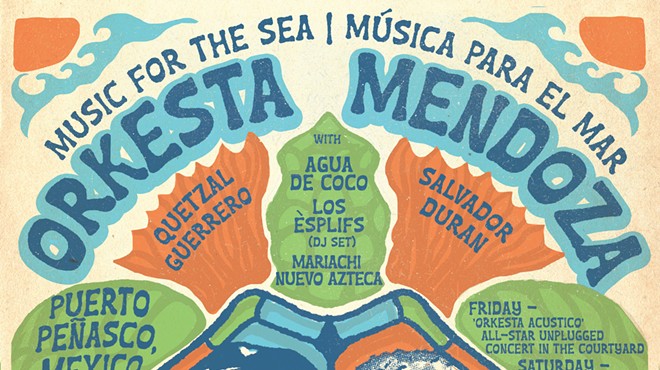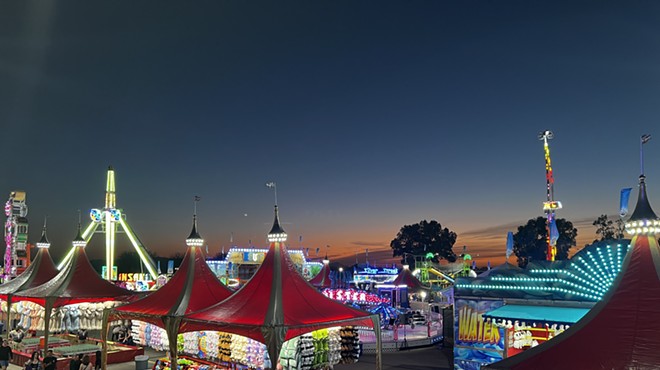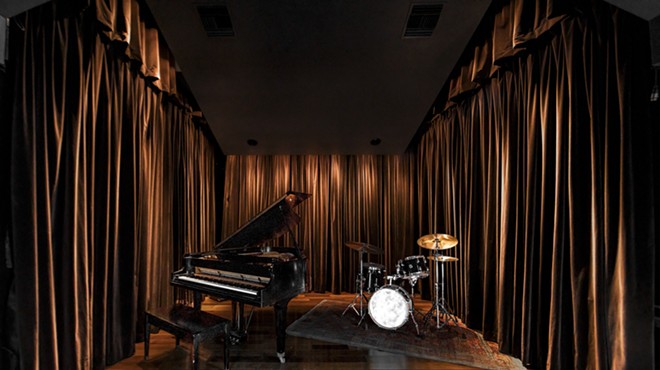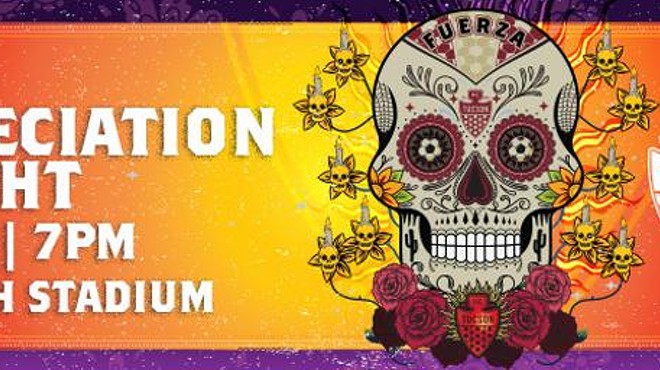Friday, November 2, 2012
Get Your Armory On: Armory Park Historic District Home Tour 2012
The Armory Park Historic District Home Tour is 12:30 to 4:30 p.m. tomorrow, Saturday, Nov. 3. It starts at St. Andrew’s Episcopal Church, 545 S. Fifth Avenue. Tickets cost $20 and proceeds benefit Neighbors Feeding Neighbors and other Armory Park community programs. For more info go to www.armoryparktucson.org and purchase tickets in advance.
From tour organizers:
Journey through Tucson’s architectural evolution on Saturday, November 3, when downtown residents open their doors for the Armory Park Historic District Home Tour. This self-guided stroll offers a glimpse at styles ranging from California bungalow and dainty Victorian to contemporary, energy-efficient homes in a “New Urbanism” village. You’ll also see a neighborhood that continues to transform, as downtown feels the swirl of renewed development.
Ten homes will on display for this popular annual event, each exemplifying a notch on Armory Park’s eclectic timeline. They include the Goldtree home, a 1898 Queen Anne cottage built by pioneer brewer Samuel Goldtree. It’s believed to be a “kit home” due to abundant redwood frames and trim; popular in the late 19th and early 20th century, these dwellings were ordered from catalogues pre-cut and ready for assembly.
The home of Betsy Dokken and Rand Carlson is another kit house; picked from a Sears and Roebuck catalogue, it was shipped by rail to Tucson and assembled in 1906. In 2000, the home underwent an extensive, architect-guided renovation, including the installation of concrete floors and the addition of a master suite.
Nearly all of Armory Park’s colorful architecture dates back to the railroad’s arrival here in 1880. Within a few short years, Victorians and Queen Annes had become all the rage among railroad executives, who looked down their noses at the traditional adobes then dominating the town.
But such snobbery came at a cost, says Tucson historian Ken Scoville. “They used double brick and a lot of material that was largely imported. It was the pressure of fashion, with people scorning adobe, but as a result, their homes were colder in the winter and hotter in summer.”
He says Armory was also among the first parts of Tucson to be laid out on a grid. “And today, unlike other downtown districts, such as the barrios, which were chipped away, Armory Park is pretty much intact.”
Taking its name from Armory Park, located on Sixth Avenue at the site of a former military plaza, the neighborhood initially spread up Third and Fourth avenues, and by 1900 had reached all the way south to 18th Street.
As noted by Scoville, traditional Spanish and Mexican designs were giving way to Anglo styles in this boom, and even existing adobe homes were retrofitted—ergo Anglicized—with wooden porches and roofs.
Ultimately, home designs flourishing during that period still make Armory Park's architecture distinctive. This area is also known for a design called Anglo-territorial, with pyramidal roofs and broad porches.
“It’s not the barrio style, and it’s not (downtown's) El Presidio Neighborhood,” says Chris Stebe, an Armory Park resident and organizer of this year's home tour. “Armory has its own feel and character.”











